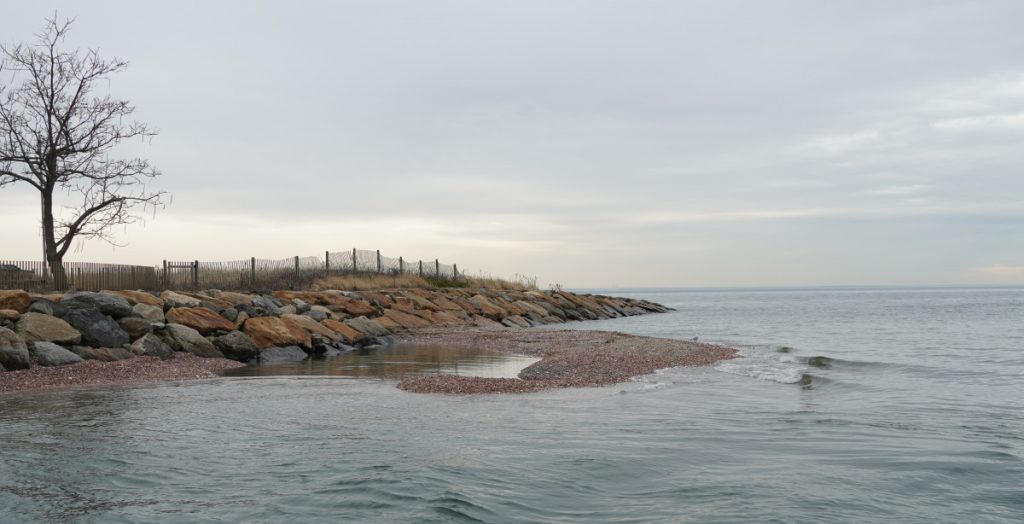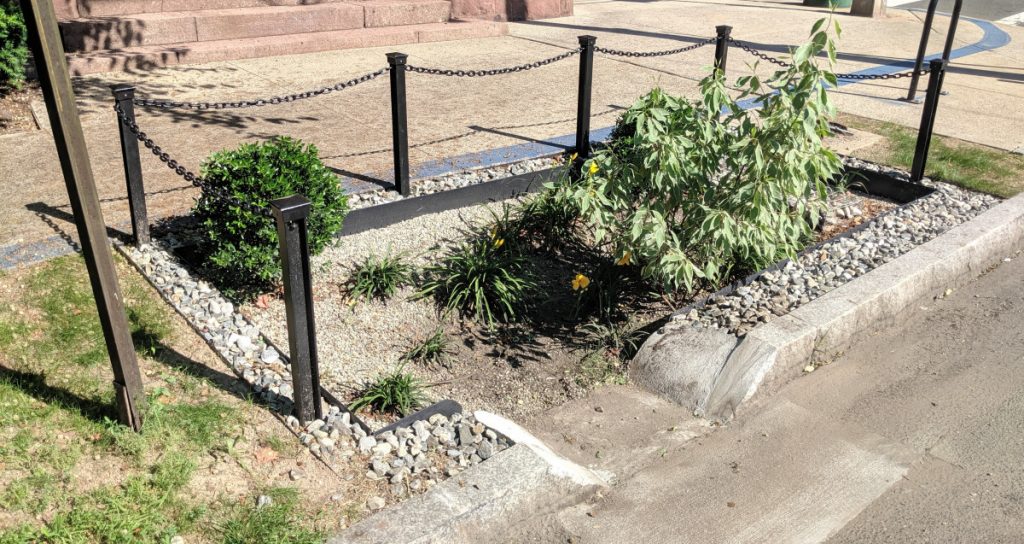Save the Sound leads on climate action in the Long Island Sound region in many ways, but perhaps the most overlooked is the work of our Ecological Restoration team. Removing dams, planting native species in coastal marshes, and installing rain gardens are not actions that often surface in conversations about the climate crisis — but they are among our best tools for managing its impacts.

Restoration and Resilience
Restoration of ecological function directly contributes to the increased resilience of ecosystems and communities. After all, natural systems are inherently resilient and possess an incredible ability to bounce back after storms and adapt to environmental changes. As sea levels rise, strong storms become more common, and warming temperatures force species migration in the Long Island Sound region, the work our Ecological Restoration team does helps ecosystems and communities to prepare and adapt.
Removing Barriers
Much of ecological restoration is about eliminating man-made disruptions or barriers to healthy ecosystem functions. At Save the Sound, the most significant example of this is our dam removal work. Removing a dam contributes to ecological resilience by restoring aquatic and riparian (streamside) habitat. Furthermore, the waters of free-flowing rivers stay colder than those with dams as they flow into the Sound, which directly impacts the quality of the habitat there. Finally, old dams represent both a flood risk and a risk of failure in strong or prolonged storm event — their removal protects nearby and downstream communities from harm.
Managing Stormwater
In cities and towns, most stormwater infrastructure was not built to handle the volume experienced in the stronger storms of recent years. The result is flooded roadways and more polluted runoff reaching already swollen rivers. This flooding threatens homes, businesses, and infrastructure. Green infrastructure such as bioswales and rain gardens can absorb this excess stormwater and allow it to infiltrate to groundwater instead of contributing to the volume in our drains and pipes, making communities more resilient in the face of heavier rains.

Shoring Up the Shoreline
Coastal communities and ecosystems are on the front line of the climate crisis, and building walls and bulkheads is not a sustainable means of protecting them. Save the Sound advocates for and implements living shoreline projects that combine habitat restoration, natural buffers to storm surge, and cutting edge materials and engineering. This is a more resilient approach to managing the impacts of the climate crisis on the shoreline.
Click here to learn about other ways that Save the Sound is helping communities across the Long Island Sound region build resiliency in the face of climate impacts.
